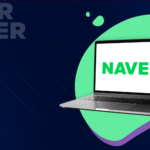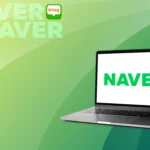In most parts of the world, if you were to ask someone to name a search engine, they would probably say Google. Google has dominated the global market, having 78.83% of the total worldwide market share for desktop search engines (Statista, 2025). Despite that, the search engine continues to be stuck in the number 2 spot in South Korean, consistently being beat out by the domestic search engine Naver.
As a company interested in marketing in South Korea, it would make sense to look into Naver ads. However, for brands more familiar with Google ads, it might help to understand the differences between advertising on the two search engines.
Pay-To-Win: Paid Search Ads
A major difference between the two search engines is how many blue links you can find on the search engine result page (SERP). Google’s SERP only has around 4 paid for spots on the oh-so-attractive top of the page, and 3 spots on the bottom, making for only 7 paid for spots on the SERP. In comparison, Naver has 10-15 paid for spots. This increases the likelihood that your paid search ad is going to appear on the homepage.
The ways that Google and Naver determine ad rank are also quite different. While both will look at the bid amount and ad quality when determining ad rank, Naver heavily prioritizes the bid amount, while Google prioritizes ad quality. So if you outbid your competitors on Naver, you are essentially guaranteed a spot on the SERP. Meanwhile, with Google even if you put in a higher bid, an ad with a low bid might beat you for the spot if it has a higher quality score. Thus you have a greater guarantee that your ad spend is going to lead to more ad exposure on Naver than Google, although at the cost that this makes Naver’s pay-per-click (PPC) more competitive and expensive.
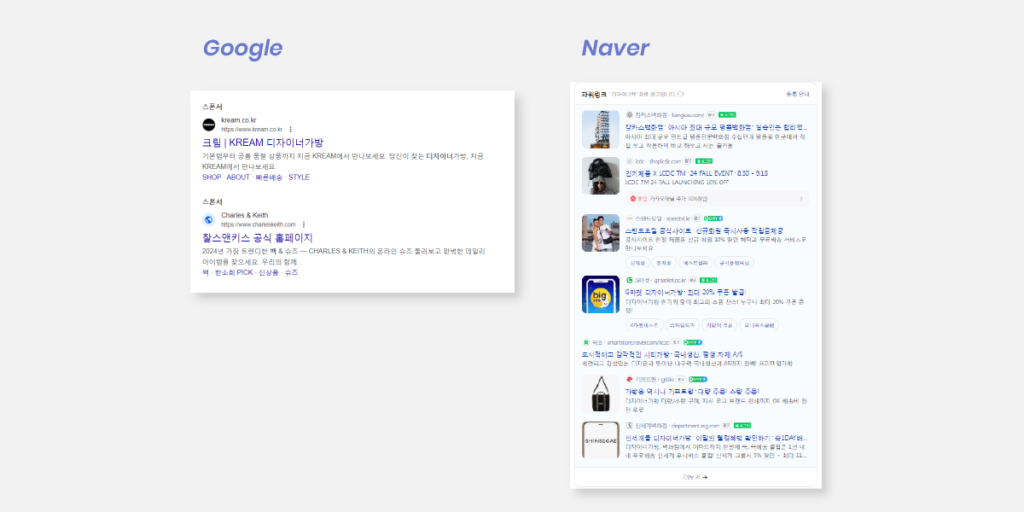
It is also much easier to monitor what you need to increase your ad rank in Naver vs. Google. Naver will tell you exactly how much you need to bid to outbid your competitors. However, Google is less transparent about where your ad’s ad quality stands in comparison to your competitors, and what you can do to improve it. Google will label your ad’s quality score as either “Above Average”, “Average”, or “Below Average”, which only gives a vague indication of where you stand compared to your competitors, and no information on how to improve your standing.
Google’s ad rank system is much kinder if you have a smaller budget, as you can still achieve good results if your ad is high quality, but Naver’s ad rank system offers more transparency and security if you’re able to spend a bit more.
Keep Reading:
Targeting
Audience Segmentation
Right out the gate, I will be honest and say that if you are used to how much control Google gives you over audience targeting, you may find yourself frustrated with Naver’s.
Here is the list of audience targeting options you have with Google:
- Affinity segments – targets users based off of their interests and habits
- Life events – targets users going through specific life milestones like weddings or graduation
- In-Market – targets users who have indicated interest in buying the product/service you sell or similar products/services
- Your data segments – targets users who have already interacted with your business
- Detailed demographics – targets users based on long-term life facts (ex. If you’re company sells sugar-free snack foods, you might want to target consumers with diabetes)
- Custom segments – target users based off of relevant keywords, websites and apps
Here is the list of audience targeting options you have with Naver:
- Interest targeting
- Gender/Age targeting
Google allows for much more precise audience segmentation, with more options for how to segment that audience. This can make targeting easier. With Naver however, your options for audience segmentation are more limited, so you will have to rely more on keywords to help target your desired audience.
Keywords
Currently, Naver only offers exact matches for keywords by default, as opposed to Google, which offers exact, phrase, and broad matches. This means that Google will show your ad when users search a keyword similar to or related to one of your targeted keywords, even if that exact keyword does not appear in the search query; meanwhile, your ad will only pop up on Naver, if someone searches one of your targeted keywords.
However, this will likely change soon. Naver currently has phrase and broad matches available in beta, so in the next few years Naver will likely have caught up to Google in that regard.
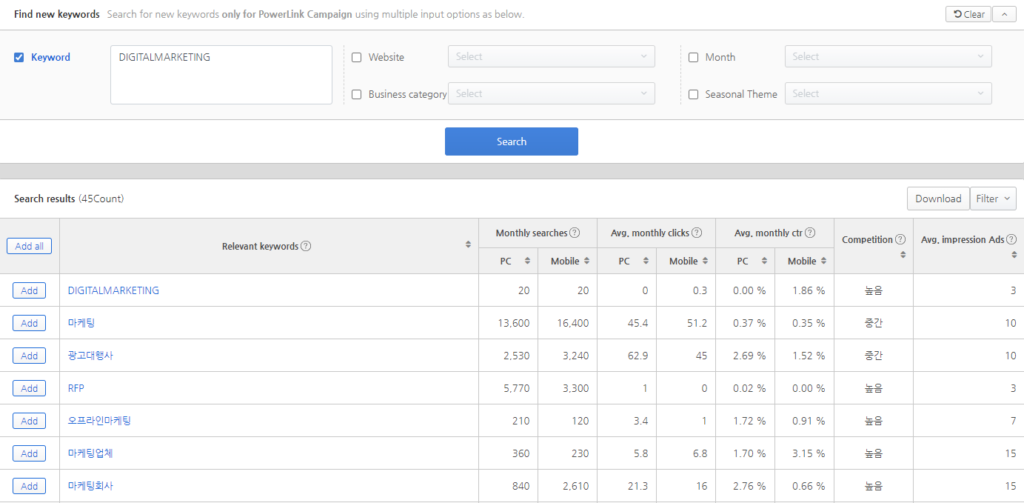
Globalized vs. Localized
As mentioned previously, Google is a global juggernaut of a search engine, being the preferred search engine in most of the world. Even in Korea, where it is only the 2nd most popular search engine, it sees a decent amount of traffic. Google is the world stage, and if you get Google down you essentially have access to most of the world.
So why then, focus on a more regional search engine like Naver, which caters specifically towards Koreans? The quick and easy answer is that despite everything, Naver is still the main way Koreans look things up online, and to not be on Naver is to be missing out on a large portion of the Korean market. The longer answer involves the very reasons why Koreans prefer Naver over Google to begin with.
Language
Naver is designed with Korean in mind, and is optimized to run in that language. Google on the other hand, just is not as good at it.
This is actually an overarching problem with a lot of big, American tech companies – they’re made for English speakers. Most of them, including Google, mainly train their AI algorithms with English content. When they do use non-English content, it is 1) in a much smaller volume, 2) often more vulgar content, since they want to train their AI to moderate inappropriate content, and 3) sometimes machine translated. When the software engineers want to include a language but have a hard time finding suitable content in the target language, they’ll plug in some English text and have it translated into the target language. The problem is that this doesn’t accurately reflect how speakers of the language actually speak it, and it may even fail to catch words which don’t have an English equivalent, like specific cultural terms or slurs.
This problem has been exemplified by the difficulties social media sites like Facebook have had with non-English moderation. Arabic language posts are regularly falsely flagged as hate speech; meanwhile, Facebook’s algorithm ended up promoting Myanmarese posts calling for the genocide of the country’s Muslim ethnic minority group, the Rohingya. While this occurred with Facebook, and not Google, it does demonstrate that American platforms, designed with English in mind, tend to struggle with fully understanding the nuances of non-English content, especially the further the languages get from English.
Naver is Korean. Its algorithms were trained on primarily Korean content. It simply is better optimized for Koreans, and so 1) it is easier to use for Koreans, 2) produces better Korean search results, and 3) is better able to moderate Korean content.
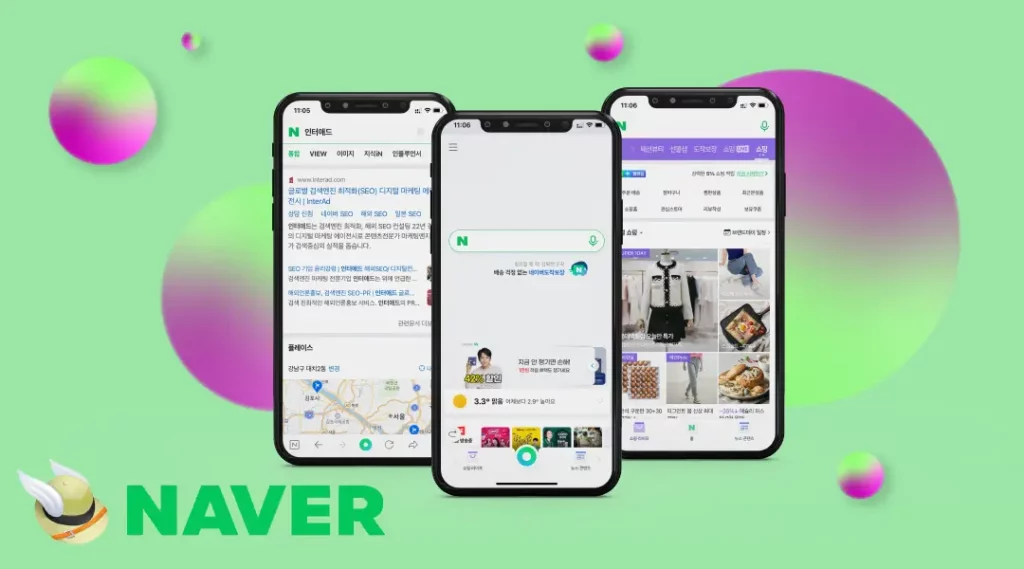
Homefield Advantage
South Korea is Naver’s home turf, and that does come with some advantages, including legal ones.
A classic example of this is Google Maps vs. Naver Maps. Google Maps infamously does not work well in South Korea, meaning you have to use a domestic option like Naver or Kakao Maps to navigate in the country. But why does Google Maps suddenly fail in South Korea, when it works perfectly fine in so many other countries? Korean security laws. Map data of South Korea cannot be stored on a foreign server due to security concerns, as it may include sensitive information, like where certain military and government buildings are. Google does not have a Korean server, so cannot comply with this law as easily as Naver and Kakao, who are based in South Korea.
South Korea also has infamously strict data protection laws, which put restrictions on sending Koreans’ data outside of the country. Under PIPA, any cross-border data transfer must be fully disclosed to the individual whose data it is, including information about where it is being sent and to whom, the nature of the data, and how long it will be retained and used. The company transferring the data must also seek the individual’s consent to share the data. As you can imagine, this can make personal data collection quite arduous for a foreign company without a Korean server. Less freedom to collect users’ personal data may also impact the accuracy and effectiveness of ad targeting.
Meanwhile, Naver, while still subject to PIPA, does not have to worry about conducting cross-border data transfers as part of its day-to-day operations.
Conclusion
Naver Ads is not Google Ads, and if you are used to Google Ads it might be frustrating to understand and get used to Naver Ads. However, if you want to do business in Korea, it is definitely worth it, because what Naver lacks in audience segmentation options, it makes up for in being better tailored and adapted to the Korean market.


